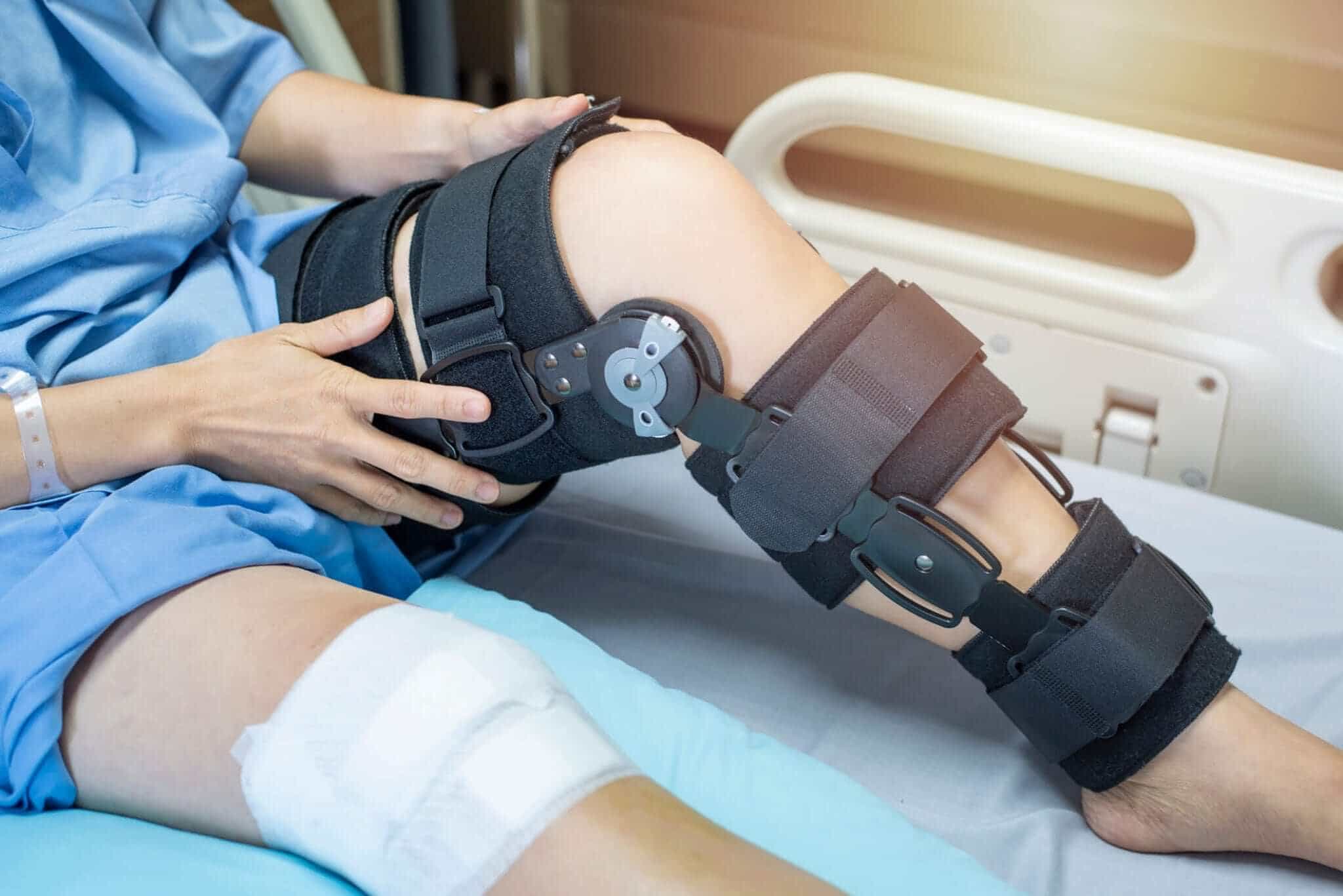
Thousands of ACL injuries occur across the United States — mainly among athletes. But if you learn effective ACL injury prevention methods, you may avoid intense pain, enjoy a full sports season and prevent a rigorous procedure. At OrthoBethesda, we’re active promoters of preventive sports medicine, and that’s why we’ve taken time to answer these commonly asked questions about ACL injury prevention.
Can ACL Injuries Be Prevented?
Yes, ACL injuries can be prevented. These injuries are debilitating, and they often occur in sports involving pivoting, landing and a sudden change of direction such as football, soccer, basketball and skiing. Thankfully, you can take simple measures to minimize the risk of experiencing an ACL tear.
What Are the ABC’s of ACL Injury Prevention?
To keep the anterior cruciate ligament intact and enjoy a sports season without any disruptions, you should take these steps:
1. Warm-Up Properly
Going onto the field with cold muscles and ligaments increases the risk of orthopedic injuries. So, you must warm up to loosen your muscles before you start any intense sporting activity. Even if there’s an injury, warming up will help reduce the severity of the injury.
2. Stretch Your Body
Just like warming up, stretching helps loosen the body’s ligaments and muscles. Spend time stretching the major muscle groups of your leg from your hips and thighs downward. You should also stretch the ankle muscles. This is important because a sudden twist of your ankle can result in an ACL tear.
3. Strengthen the Muscles Connected to Your Knee
If the muscles or ligaments connecting the three bones at the knee joint are weak, then you have an increased risk of developing ACL injuries. Strength training that increases knee stability includes:
- Plyometrics
- High-intensity jumping
- Exercises for the hamstrings and quadriceps
4. Concentrate on Balance
Work at improving balance by strengthening the small muscles in your ankle and feet. This will help you avoid unnatural pivots and twists that can result in ACL tears while increasing resilience. Improving balance prevents ACL injuries from a collision, sudden stop or faulty landing.
5. Use the Right Type of Athletic Footwear
Shoes that don’t have adequate cushioning, are worn out or increase pronation can increase the likelihood of developing an ACL injury. Poorly fitting shoes can affect your balance and cause twists, trips and awkward movements. This, in turn, can send a shock to your knee joint, leading to an ACL injury. So, always ensure you’re wearing the right type of footwear and avoid playing games such as soccer on a wet and slippery field.
6. Get a Regular Physical Examination
Working with a sports medicine expert and undertaking a proper physical examination will help spot any weaknesses that can lead to an ACL tear. Areas prone to sprains or tears will get spotted quickly, and you can do specific exercises to increase knee strength.
Learn More About How to Prevent ACL Injuries
To get more in-depth information about how to prevent ACL injuries and other sports injuries, give us a call today. Our orthopedic surgeons who are specialists in sports medicine are ready to answer your questions and help you enjoy an injury-free sports season.
Related Content
- How to Know If You Tore Your ACL
- Top 7 Stretches to Relieve Knee Pain for Athletes
- Why Knee and Joint Pain Increase When It’s Cold
- Why Your Knee Hurts When You’re Sitting
- How to Lose Weight With Knee Pain
- Is Walking Good for Arthritis in the Knee?
- Bilateral Knee Replacement Recovery Tips
- How Much You Should Walk After a Knee Replacement
- Robotic vs. Traditional Knee Replacement Surgery
- Best Positions to Sleep in After a Knee Replacement
- Stiffness After Knee Replacement Surgery
- What to Avoid After Knee Replacement
- Is There a Best Time of the Year to Schedule Knee Surgery?
- What to Expect After a Total Knee Replacement
- What to Expect After Arthroscopic Knee Surgery
- How Long Does It Take for a Torn Meniscus to Heal Without Surgery?
